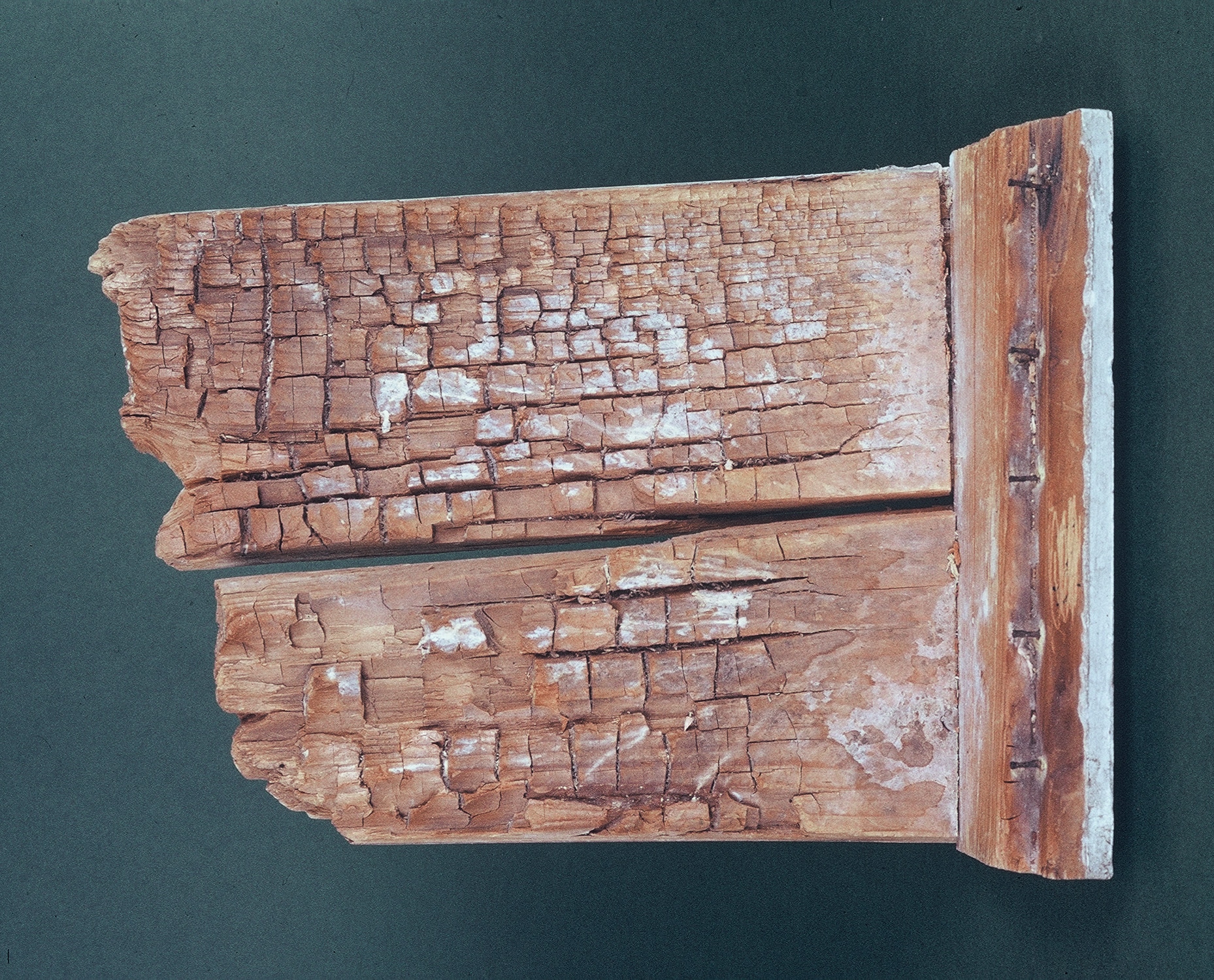Merula, a fearsome wood-eating fungus

Merula, or Serpula Lacrymans, is a wood-eating fungus. It metabolises the cellulose and breaks up the wood into small cubes, hence the term “cubic rot” cubic rot “when talking about the damage caused by this fungus.
Taking shape, merule needs a “primitive” source of water.
This fungus then rapidly extended its network in 2 complementary ways:
- Sporulate emission
- Exploration of the mycelium
The merula transports the water it needs through its mycelium . It continues to break down cellulose to feed itself and will produce water, which it will use in this biochemical process. The conditions for its development are an ambient temperature of 7 to 26°C and a humidity level of between 20 and 30%. These are “commonplace” conditions found in all homes.
Low humidity in the wood does not hinder the development of the merula, provided there is a source of water at some point.
Groupers like confined, dark places and so, logically, they thrive in areas that are difficult to access or not often visited. The mycelium grows at a rate of 1 to 3 cm per week.
The mycelium is able to penetrate partitions and walls, and the spore can travel hundreds of metres through air currents, shoes and clothing.
When conditions become too unfavourable (occasional drying out), the fungus will enter a latent period and wait for optimum conditions to return.
In the event of an attack by merula, there are a few key points to bear in mind when eliminating it:
- Removal of affected wood
- Draining and ventilating the premises
- Local prevention, especially in towns, on party walls for example
- Regular monitoring of drainage
- Masonry treatment